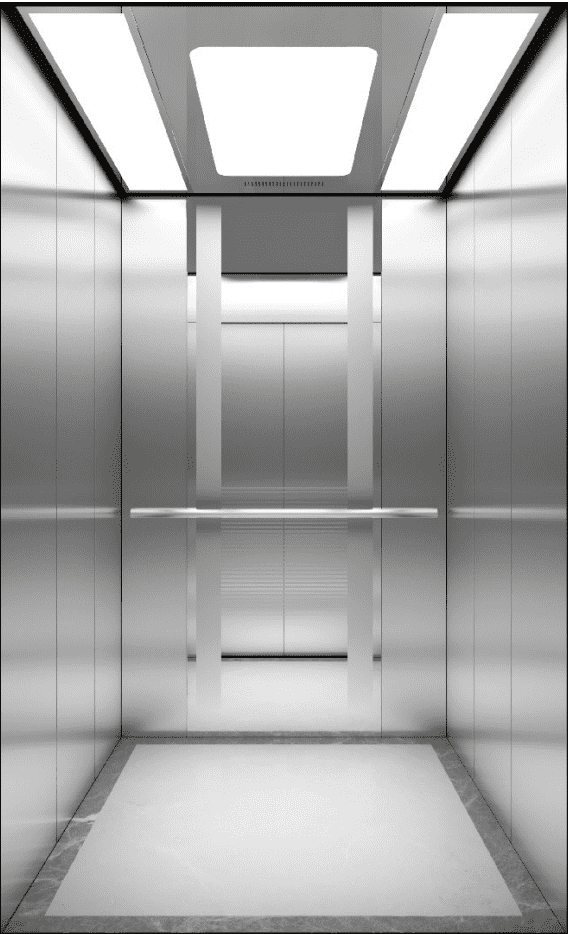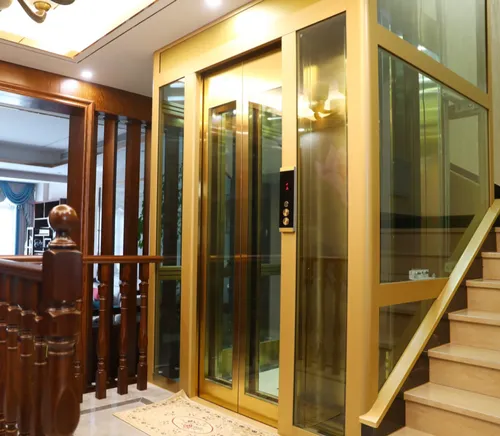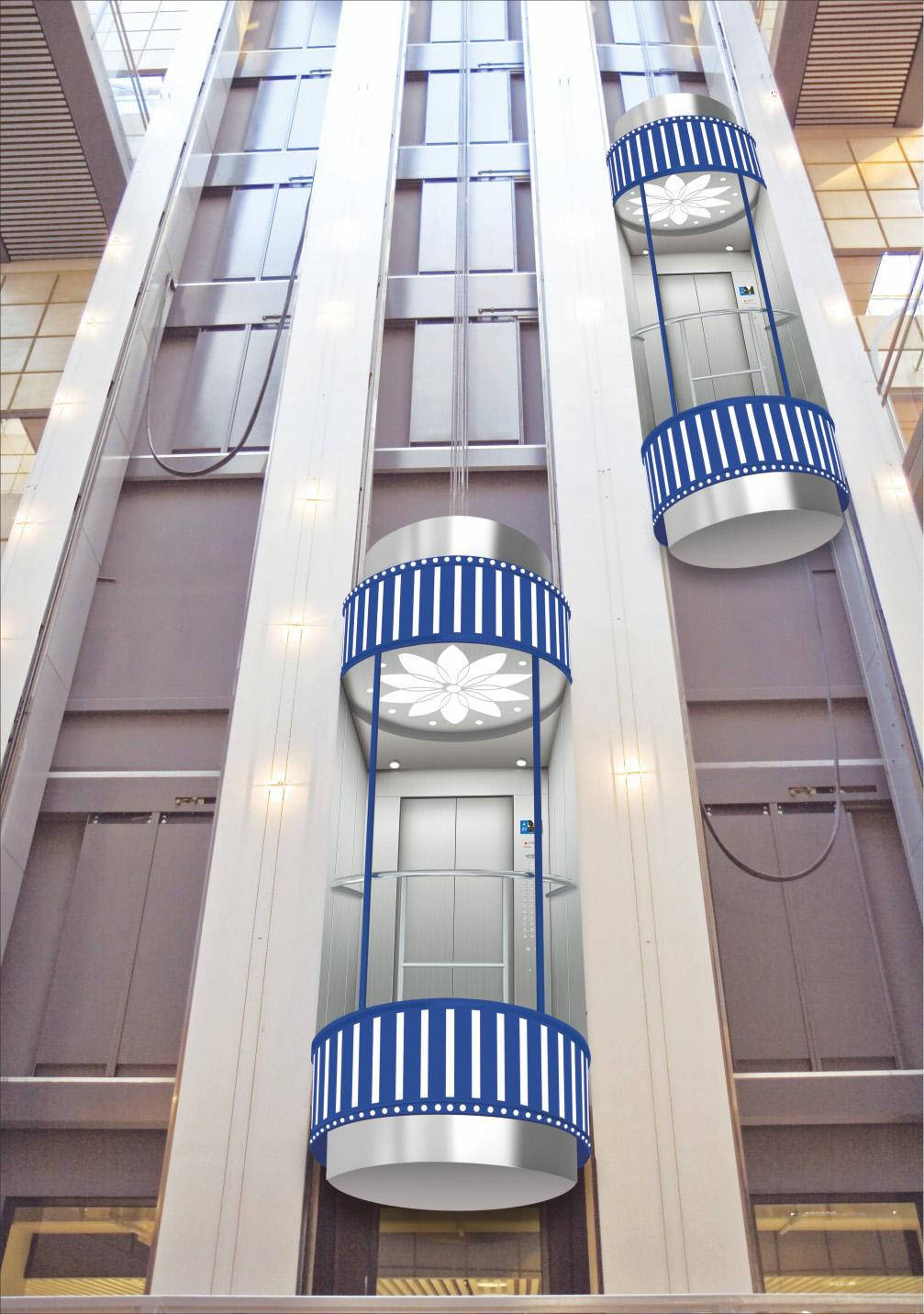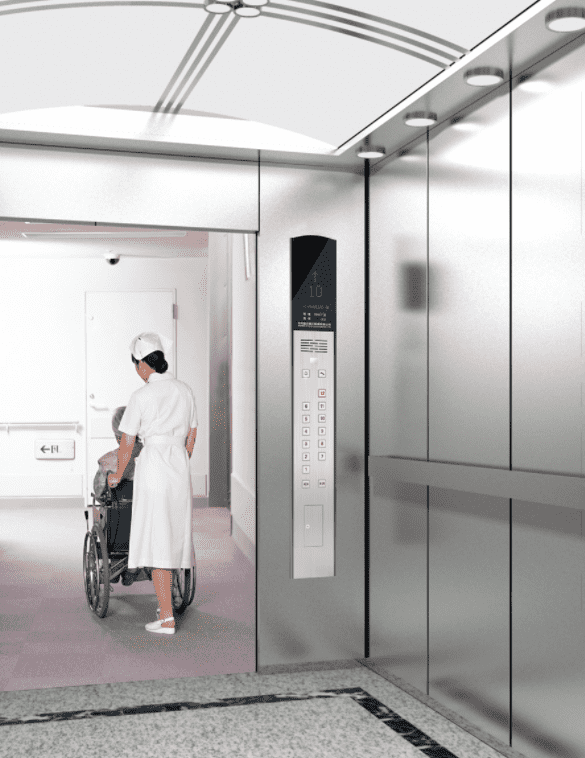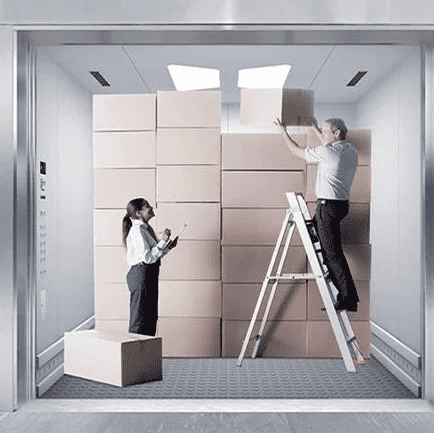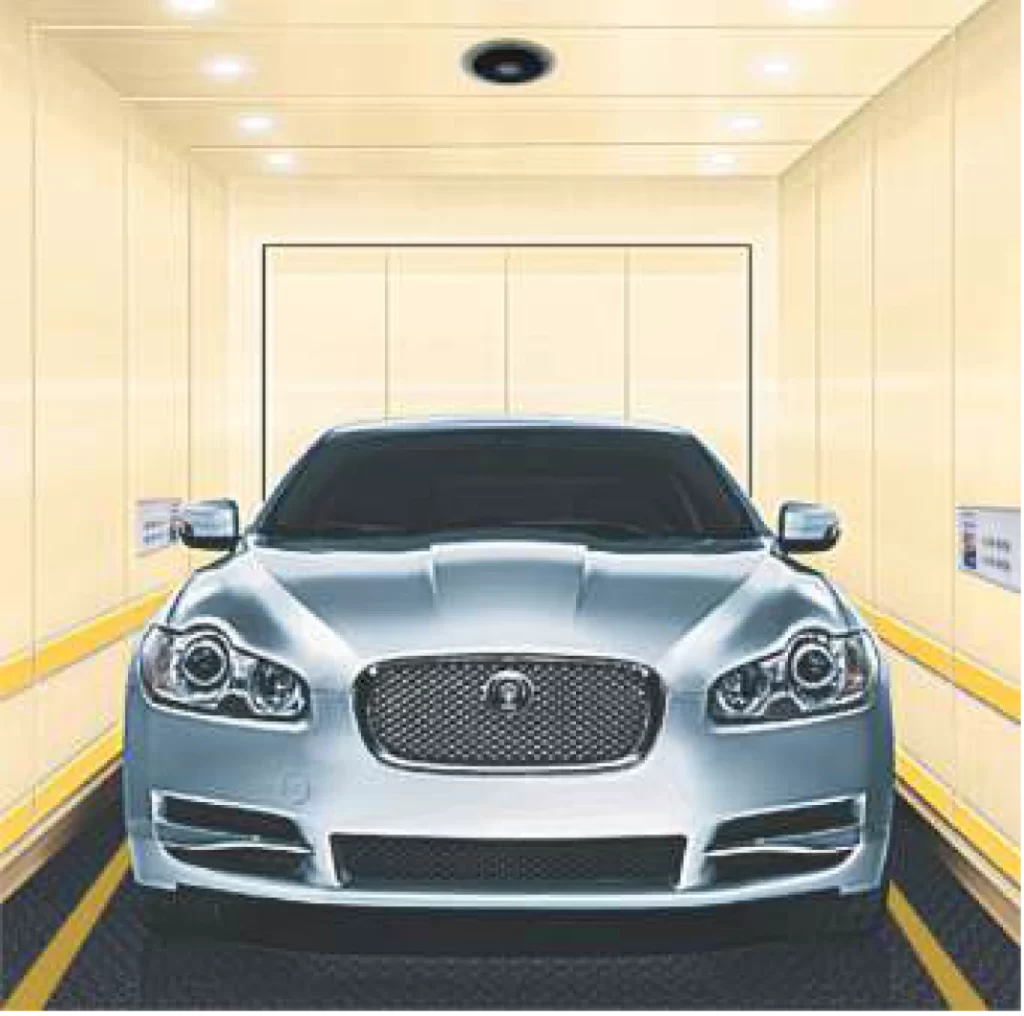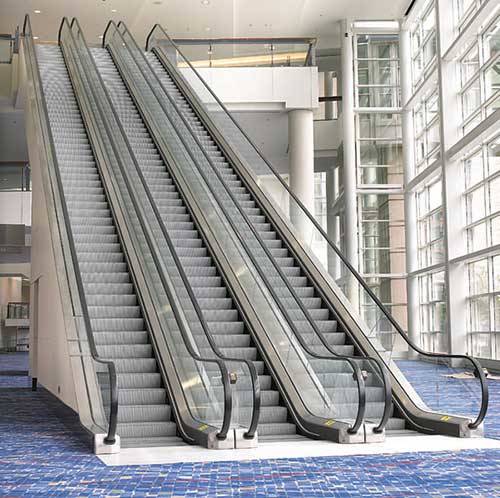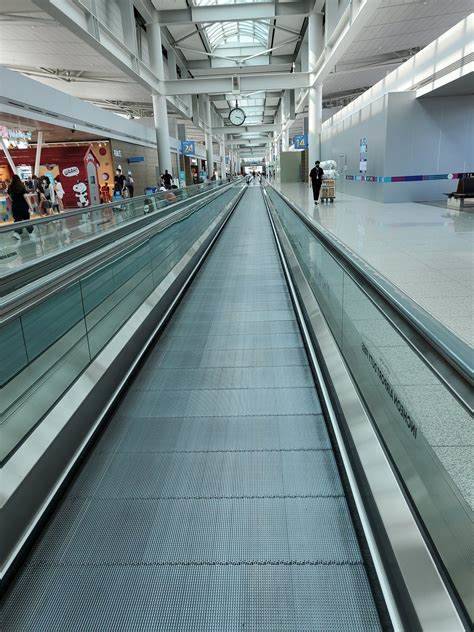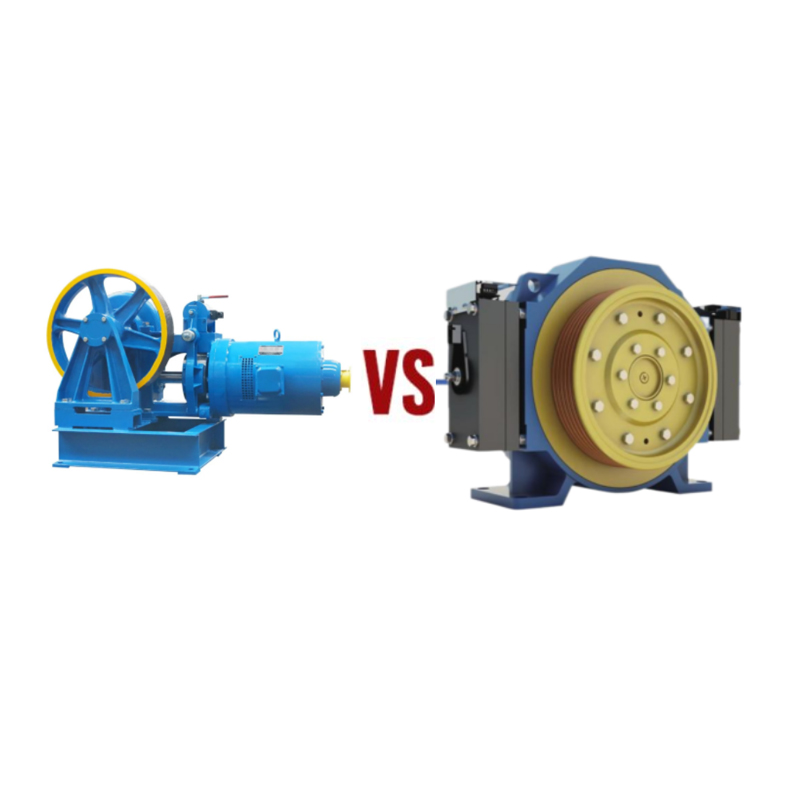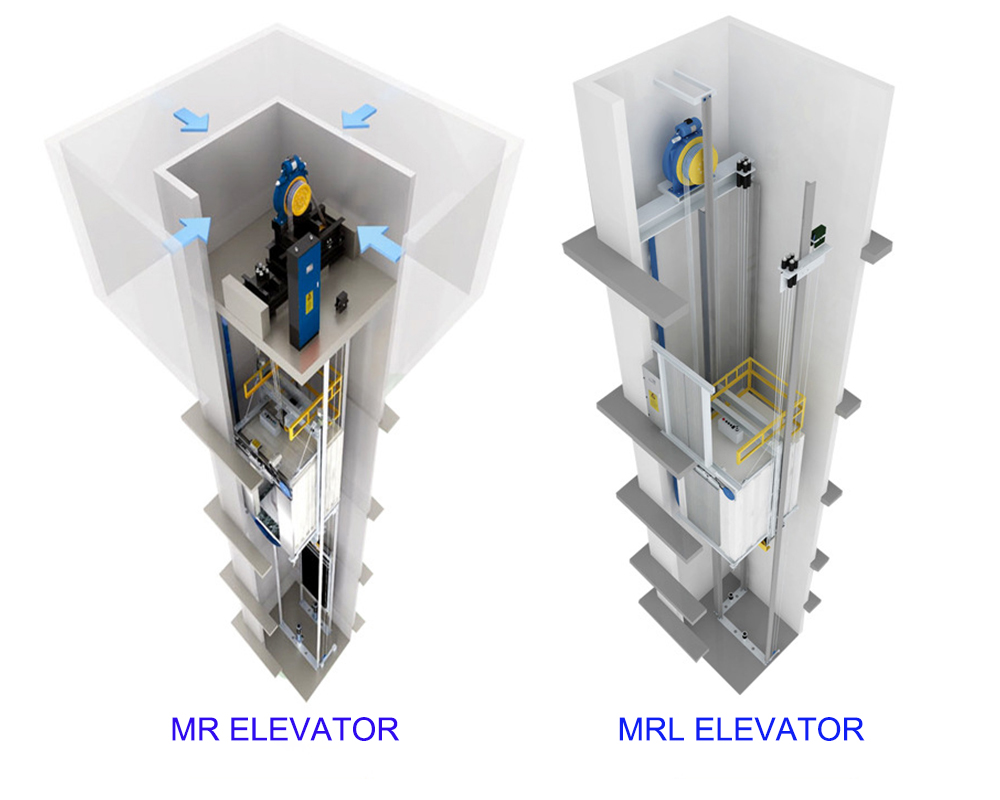With the acceleration of urbanization and the increase in population density, lifts and escalators are indispensable transportation tools in modern buildings, making their development and technological progress particularly significant. Today, let’s discuss the distinctions between elevators and escalators, including brand recommendations and a buying guide, as we explore the scientific mysteries behind these “vertical passages”.
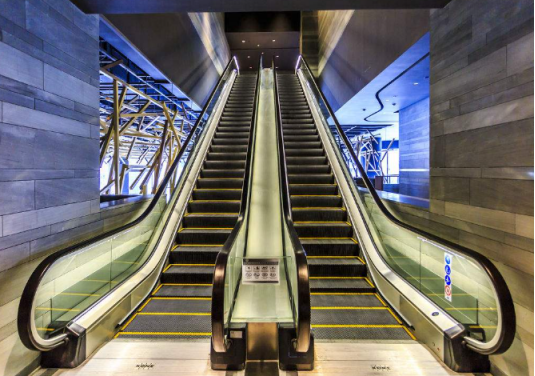
Differences between Elevators and Escalators
One:Structural Differences
Elevators, as the “vertical transportation” in high-rise buildings, have advanced from ancient hoists to modern machine room-less elevators, with each improvement propelling the development of human society. Their structure mainly consists of carriages, guides, driving systems, control systems, and several other parts, with the core being the use of electrical buttons to enable the carriage to move up and down freely in the vertical direction.
Escalators, as the “accelerator” of human traffic in shopping centers, provide the convenience of people moving up and down, and also offer an efficient means of transportation for public places. Their structure is mainly composed of steps, handrails, driving devices, tensioning devices, and other components, allowing for continuous conveyance of passengers in horizontal and inclined directions.
The structural differences determine the unique operational methods and application scenarios of elevators and escalators.
Two:Functional Differences
Elevators are vertical transportation tools primarily used to connect different floors in a building. Passengers can press the floor buttons, and the elevator can safely and quickly transport them to their destinations. It has a relatively strong carrying capacity, suitable for transporting a large number of items and multiple people riding at the same time.
Escalators, on the other hand, are inclined moving transportation tools. They are mainly used to connect different floors and areas within the same building. Passengers only need to stand on the escalator, and they can easily reach their destination with the automatic operation of the escalator. Compared to the direct approach of elevators, escalators require a step-by-step ascent or descent.
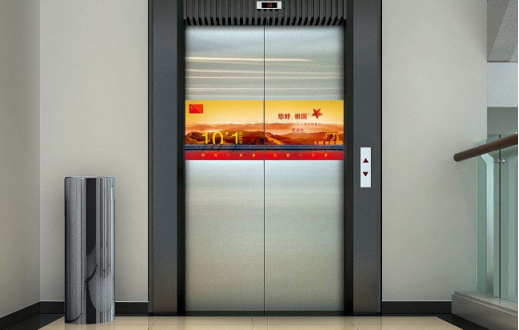
Three: Differences in Features
Elevators require passengers to wait at designated locations during operation, after which the control system dispatches the elevator for precise positioning and safe operation. This feature makes elevators irreplaceable in the field of vertical transportation.
Escalators operate continuously, allowing passengers to board and alight at any time without waiting. Additionally, their handrail design provides more safety and stability for passengers while walking.
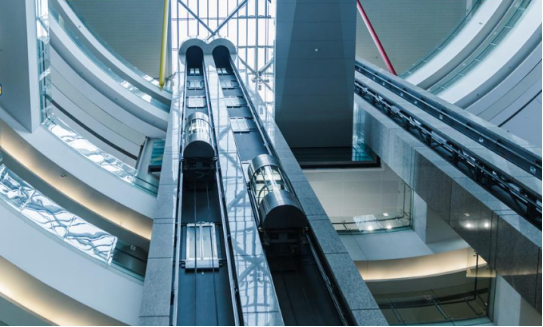
Well-known Elevator and Escalator Brands Recommendation
Here are some recommended well-known elevator and escalator brands in the industry:
Otis: Otis is a global leader in the elevator and escalator industry, renowned for its superior quality, advanced technology, and reliability. Otis escalators have been favored by users worldwide.
Kone: Kone is one of the significant suppliers in the global elevator and escalator industry, with sales in more than 50 countries, providing localized services to consumers.
Schindler: Schindler Elevator is a globally renowned supplier of elevators, escalators, and corresponding services, with its technology being applied in many high-end commercial projects worldwide. The escalator at Beijing Yintai Center, for example, is from Schindler.
Mitsubishi: Mitsubishi Elevators are one of the globally renowned elevator brands, known for their high quality, high performance, and high safety. The safety and stability of Mitsubishi escalators are also excellent.
FUJIRISE:FUJIRISE Group, with its strong technical expertise and advanced equipment, offers consumers a variety of product types, such as Fuji escalators, machine-roomless elevators, etc., gaining high recognition in the global elevator field.
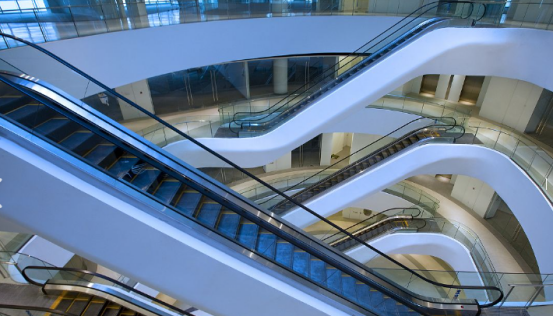
When choosing escalators and elevators, there are several key points to consider, such as safety performance, cost budget, energy saving and environmental protection, after-sales service, and more. Here’s a detailed explanation:
- Safety Performance: The safety of elevators and escalators is of utmost importance. When selecting, one should choose products with comprehensive safety protection devices, such as anti-slip, anti-collision, emergency stop, emergency rescue, overload protection, etc. It is also essential to ensure that the safety configurations meet national standards.
- Cost Budget: When purchasing, understand the price of the escalator while also considering the long-term maintenance and operating costs, paying attention to the cost-effectiveness of the product.
- Energy Saving and Environmental Protection: Choose energy-saving and environmentally friendly elevator and escalator products, such as those with energy recovery systems and energy-saving equipment, which can help save energy costs and protect the environment.
- After-sales Service: Select suppliers and manufacturers that provide good after-sales service to ensure the normal operation and timely maintenance of the elevators and escalators.
What is the price of an escalator?
Escalators are also categorized into various types, such as home escalators, residential escalators, lndoor escalators, outdoor escalators, and so on. Due to different application scenarios, there are differences in the size, type of escalator, and installation systems, which lead to variations in price. For instance, the price of a home escalator differs from that of an outdoor escalator, mainly because of the differences in size and purpose.
Of course, if you require a longer escalator, the price higher. For specific pricing, it is recommended that you contact an escalator company based on your needs and budget. They will provide the most favorable price based on your situation, and then you can decide whether to purchase the escalator.
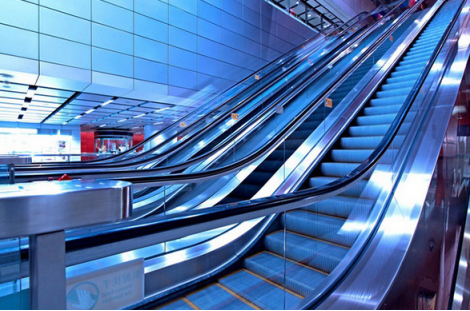
The most cost-effective escalator installation plan
Installing an escalator is not only a major project but also a high-cost investment. To design the most cost-effective escalator installation plan, you need to consider multiple aspects, including project planning, material selection, choice of escalator company, and later recovery costs, among others. For instance:
You need to conduct accurate measurements and planning to ensure that the dimensions, position, and angle of the escalator are precise, to avoid wasting materials and labor. Additionally, it’s important to choose an experienced construction team with reasonable pricing to ensure construction quality and efficiency, preventing waste and rework. Lastly, when it comes to the seller, it’s best to select an escalator company with a reasonable quotation. Request quotes from them and, after a reasonable analysis, choose the company with the best cost-performance ratio.
In summary, the development of elevators and escalators is a process of continuous innovation and progress. It not only brings us the convenience of travel but also showcases the crystallization of human wisdom and technology. When purchasing, it’s important to understand the differences between elevators and escalators, the types of outdoor escalators, and the product quality is also crucial. Designing the most cost-effective installation plan when purchasing can enable us to enjoy a more convenient travel solution at a low cost.

